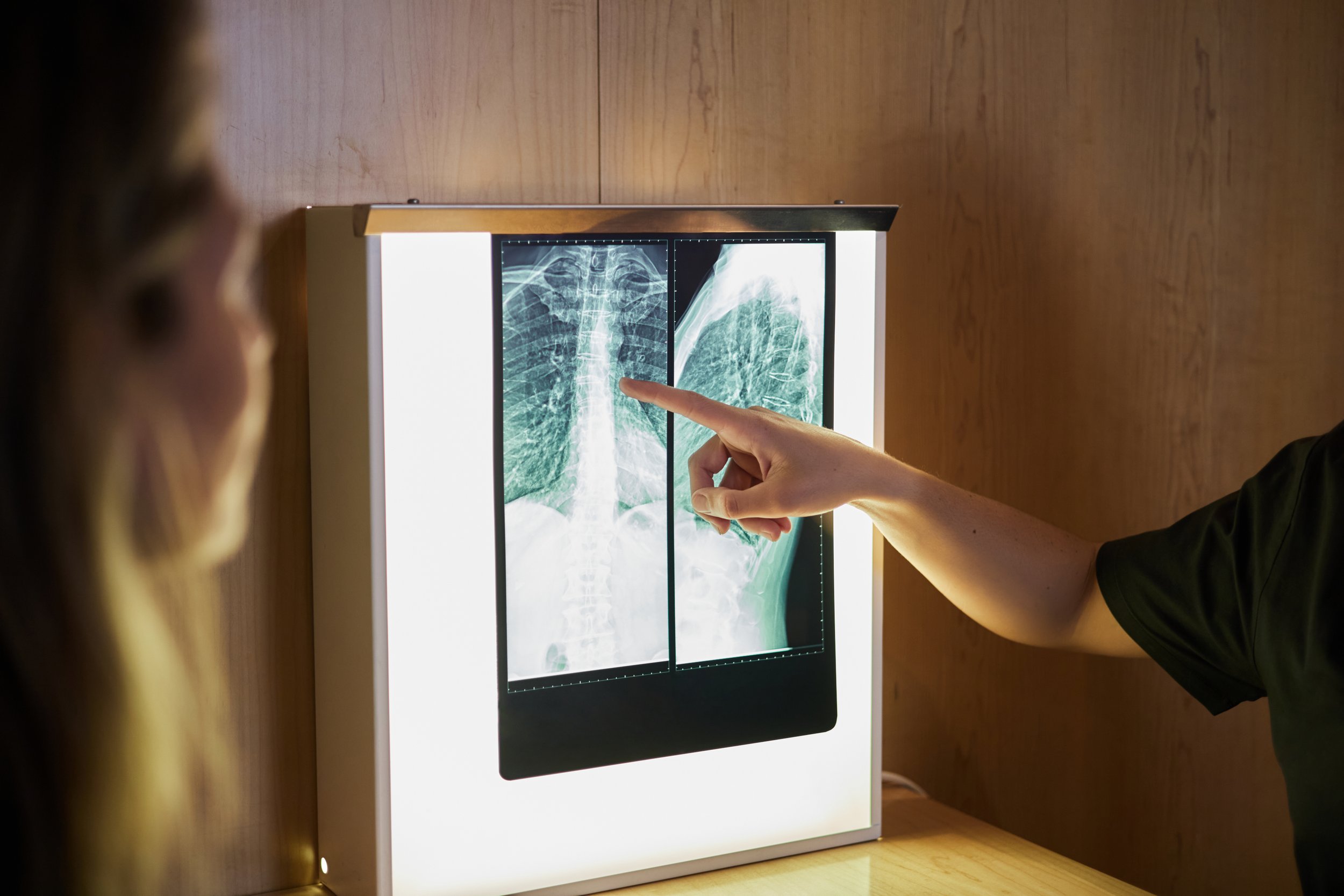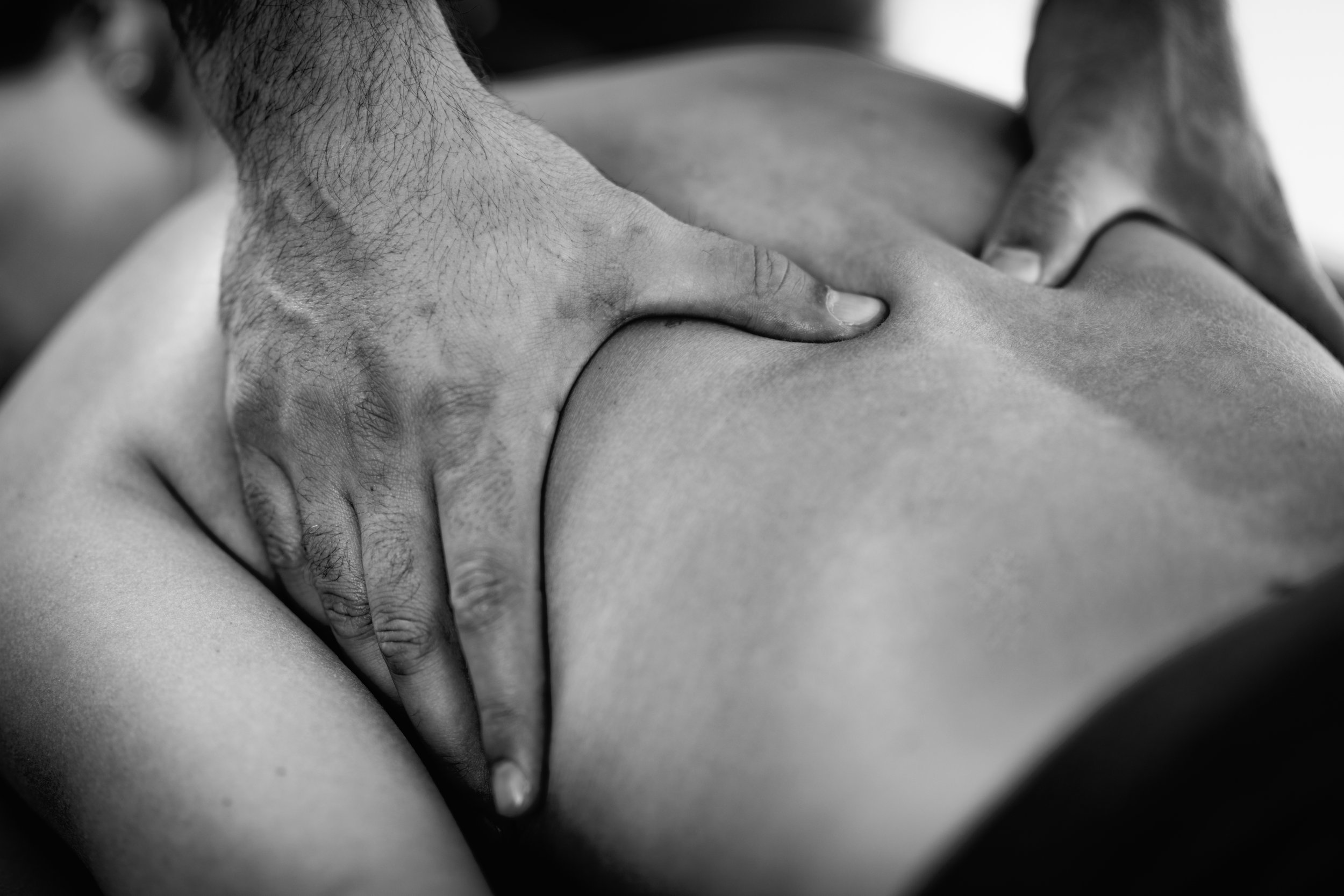What is spinal stenosis?
Spinal stenosis is a medical condition in which the spinal canal, which contains the spinal cord and nerves, narrows, resulting in compression of the spinal cord and/or nerve roots. This can cause symptoms such as pain, numbness, and weakness in the affected area.
Some people with spinal stenosis have no symptoms and don’t know they have the condition for years until something . Others may experience pain, tingling, numbness and muscle weakness. Symptoms can get worse over time.
The most common cause of spinal stenosis is wear-and-tear changes in the spine related to arthritis. People who have severe cases of spinal stenosis may need surgery.
What are symptoms of spinal stenosis?
The symptoms of spinal stenosis can vary depending on the location and severity of the narrowing, but some typical symptoms may include:
Pain or numbness in the legs or buttocks, which may worsen with standing or walking and improve with sitting or leaning forward.
Back pain or neck pain, which may be chronic or intermittent and may be accompanied by muscle weakness or stiffness.
Tingling or weakness in the arms, hands, legs, or feet, which may be intermittent or constant and may affect one or both sides of the body.
Loss of bladder or bowel control, which is rare but can occur in severe cases of spinal stenosis.
Difficulty walking or maintaining balance, which may be due to muscle weakness or numbness in the legs.
If you are experiencing any of these symptoms, it is important to consult with a medical provider for a proper diagnosis and treatment plan.
How to prevent spinal stenosis from occurring?
There are several factors that can contribute to the development of spinal stenosis, including age-related changes in the spine, genetic predisposition, and injury. However, there are some steps you can take to help prevent spinal stenosis:
Exercise regularly: Regular exercise can help keep the spine strong and flexible, which can help prevent spinal stenosis.
Maintain a healthy weight: Excess weight can put additional stress on the spine, increasing the risk of spinal stenosis.
Practice good posture: Poor posture can put additional stress on the spine, leading to the development of spinal stenosis over time.
Avoid smoking: Smoking can damage the blood vessels in the spine, leading to a decrease in blood flow and an increased risk of spinal stenosis.
What treatment options are available to treat spinal stenosis?
In terms of rehabilitation for spinal stenosis, there are several treatment options available, including:
Physical therapy: A physical therapist can work with you to develop a customized exercise plan to help strengthen the muscles around your spine and improve your range of motion.
Medication: Pain relievers, anti-inflammatory drugs, and muscle relaxants may be prescribed to help manage symptoms of spinal stenosis.
Steroid injections: Corticosteroid injections can be used to reduce inflammation and relieve pain in the affected area.
Surgery: In severe cases of spinal stenosis, surgery may be necessary to relieve pressure on the spinal cord or nerve roots.
How can physical therapy treat or manage spinal stenosis?
Physical therapy aims to reduce pain, improve mobility, and increase strength and flexibility through exercise, manual therapy, and other techniques. Specific techniques may include:
Stretching exercises: These can help to alleviate stiffness and improve range of motion in the affected area.
Based on your condition, an example of a stretching exercise physical therapy can do for spinal stenosis is the knee-to-chest stretch. This exercise can help to alleviate stiffness and improve flexibility in the lower back and hips. Please do not attempt to perform this exercise without being evaluated by a PT first to avoid potential injury or pain.
To perform the knee-to-chest stretch:
Lie on your back on a flat surface, such as a mat or carpeted floor.
Bend your knees and place your feet flat on the floor.
Slowly bring one knee up to your chest, grasping it with your hands behind the thigh or shin.
Hold the stretch for 15-30 seconds, feeling a gentle stretch in the lower back and hips.
Slowly release the leg and repeat the stretch with the other leg.
Repeat the stretch 2-3 times on each leg.
Strengthening exercises: Strengthening the muscles that support the spine can help to reduce pressure on the spinal cord and nerve roots.
An example of a strengthening exercise that a physical therapist may prescribe for spinal stenosis is the pelvic tilt. Please do not attempt to perform this exercise without being evaluated by a PT first to avoid potential injury or pain.
To perform the pelvic tilt:
Lie on your back on a flat surface, such as a mat or carpeted floor.
Bend your knees and place your feet flat on the floor.
Engage your abdominal muscles by pulling your belly button in toward your spine.
Slowly press your lower back into the floor, flattening your spine.
Hold the contraction for 5-10 seconds, feeling a gentle contraction in your abdominal muscles.
Release the contraction and rest for a few seconds.
Repeat the exercise 10-15 times.
The pelvic tilt is a low-impact exercise that can help to strengthen the core muscles and stabilize the spine. Your physical therapist may also recommend other strengthening exercises specific to your individual needs and condition. It's important to follow your therapist's guidance and not push too hard or feel pain during strengthening exercises.
Manual therapy: This includes techniques such as massage and manipulation, which can help to improve blood flow, reduce pain and inflammation, and improve joint mobility.
Examples of manual therapy techniques that a physical therapist may use for spinal stenosis:
Soft tissue mobilization: This technique involves the therapist using their hands to apply pressure and manipulate the soft tissues (muscles, tendons, ligaments) around the affected area. Soft tissue mobilization can help to improve circulation, decrease muscle tension, and increase flexibility.
Joint mobilization: This technique involves the therapist applying gentle, rhythmic movements to the affected joints in order to improve their range of motion and reduce pain.
Manual stretching: This technique involves the therapist using their hands to gently stretch the affected muscles and surrounding tissues. Manual stretching can help to improve flexibility and decrease muscle tension.
Manual traction: This technique involves the therapist using their hands to gently pull on the affected area in order to decompress the spine and relieve pressure on the nerves.
It's worth noting that the specific manual therapy technique(s) used will depend on the individual case, severity of the condition and the preference of the therapist. Your physical therapist will work with you to develop a treatment plan that is tailored to your specific needs and goals.
Posture and body mechanics: Correct posture and body mechanics can help to reduce pressure on the spine and improve overall function.
Here are 2 examples of a posture and body mechanics exercise that a physical therapist may suggest for spinal stenosis depending on the severity of the condition and your case details.
Seated Pelvic Tilt:
Sit on a chair with your feet flat on the floor, shoulder-width apart.
Place your hands on your hips, and slowly tilt your pelvis forward, arching your lower back.
Hold for 5 seconds, then slowly tilt your pelvis backward, rounding your lower back.
Hold for 5 seconds.
Repeat this exercise 10 times.
This exercise helps to maintain the natural curve of your spine and can relieve pressure on the spinal nerves.
Wall Angel:
Stand with your back against a wall, with your feet shoulder-width apart.
Place your arms at a 90-degree angle, with your elbows and wrists touching the wall.
Slowly slide your arms up the wall, keeping your elbows and wrists in contact with the wall.
Hold for 5 seconds, then slowly slide your arms back down.
Repeat this exercise 10 times.
This exercise helps to strengthen the muscles in your upper back, which can improve your posture and reduce strain on your lower back.
It's important to note that every individual with spinal stenosis may have different symptoms and limitations, so it's essential to consult with a physical therapist before starting any of these exercises to ensure the proper diagnosis and plan of care.
Modalities: These can include heat or ice therapy, ultrasound, electrical stimulation, and other techniques to reduce pain and inflammation.
Here is an example of a modality type exercise that a physical therapist can perform for spinal stenosis:
Traction: Traction is a modality that involves applying a pulling force to the spine. It can help to relieve pressure on the spinal cord and nerves. A physical therapist may use a mechanical traction device or manually apply traction to the patient's spine. Traction can be an effective treatment option for patients with spinal stenosis but it is not for every spinal stenosis case.
Is there a diet that can decrease pain from spinal stenosis?
There is no one "best" diet for spinal stenosis. However, maintaining a healthy weight, avoiding smoking and eating a balanced diet can be beneficial in managing symptoms and reducing the risk of complications.
Some general guidelines for a healthy diet include:
Eating a variety of fruits, vegetables, whole grains, and lean proteins.
Limiting saturated and trans fats, as well as processed and high-sugar foods.
Drinking plenty of water and staying hydrated.
Incorporating anti-inflammatory foods, such as fatty fish, nuts, and leafy greens, which may help to reduce inflammation in the body.
It is also important to discuss any dietary changes or concerns with a healthcare professional, as certain medical conditions or medications may require specific dietary modifications. Additionally, a registered dietitian can provide personalized recommendations and support for maintaining a healthy diet with spinal stenosis.






